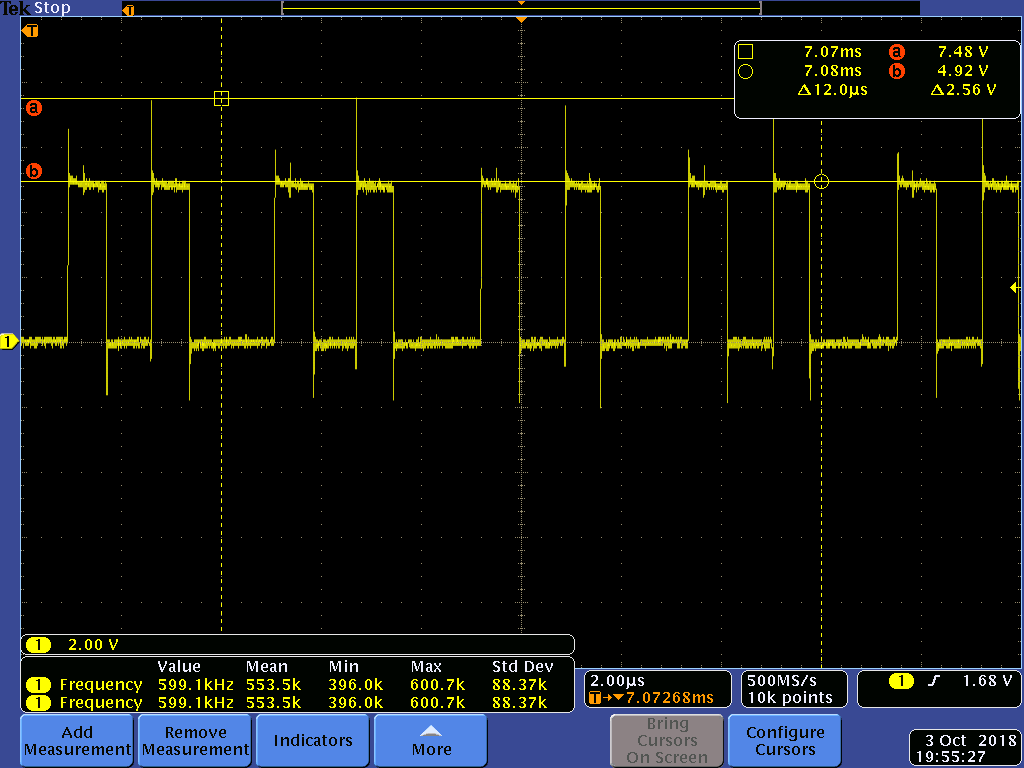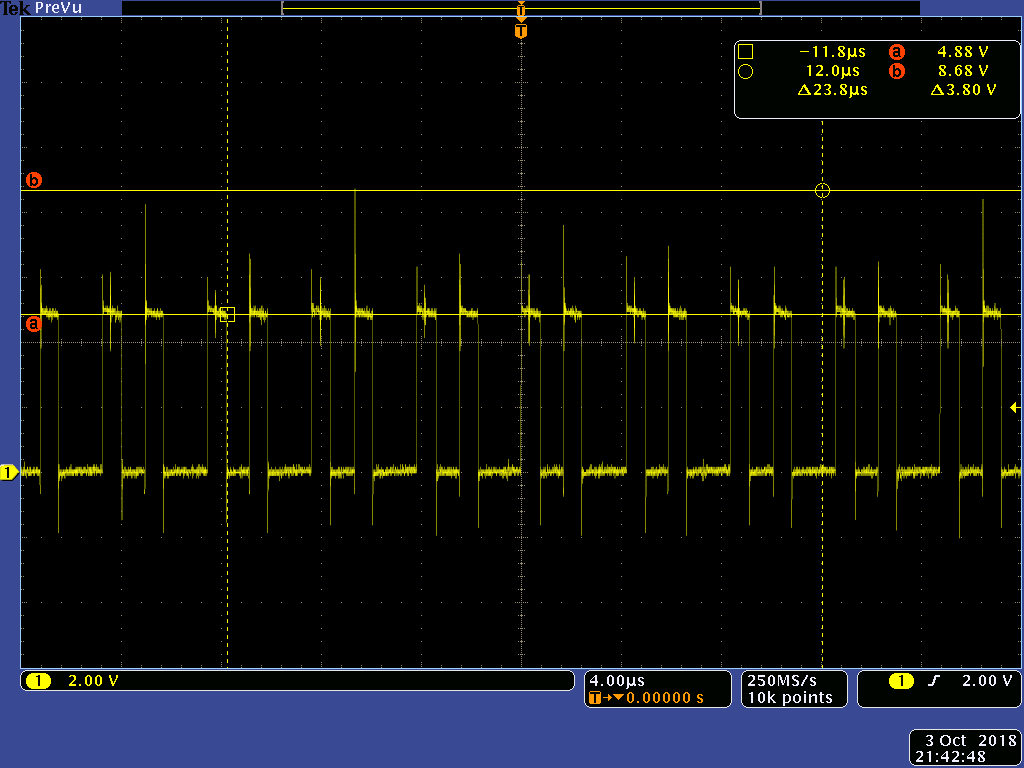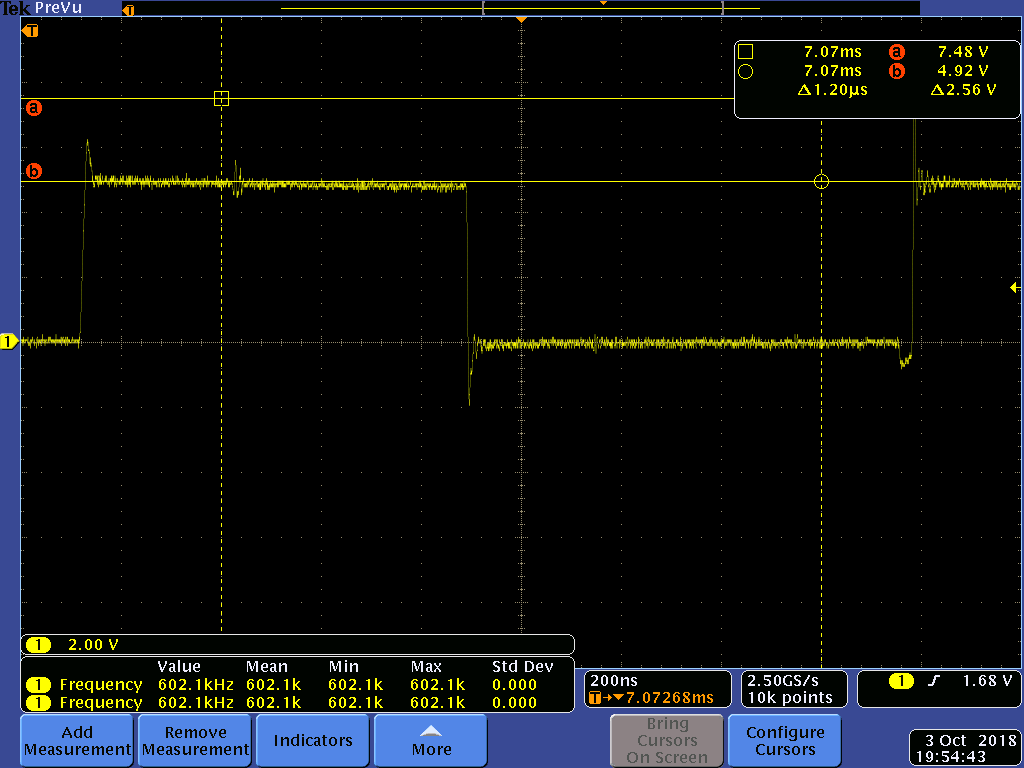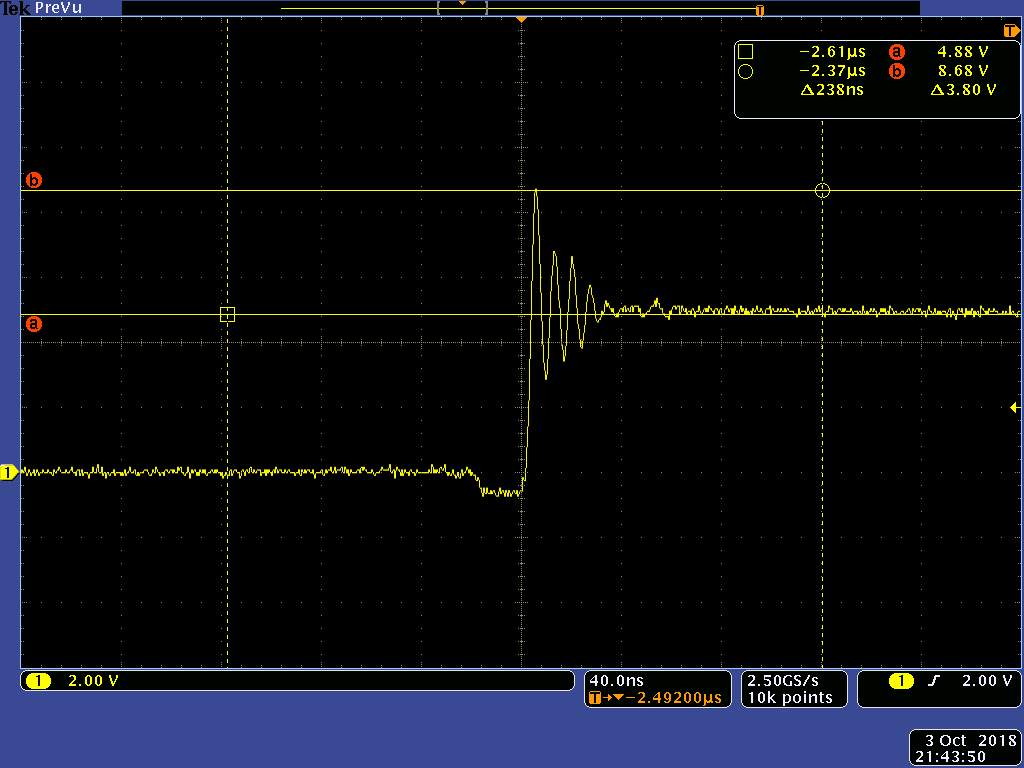Other Parts Discussed in Thread: TPS51631
Hi,
I have been using the TPS51631 (Three phase power regulator) and CSD87350Q5D (MOSFET) to generate the CPU core supply for Intel Haswell CPU.
The design has been working fine if i do not add the snubber circuit.
If I add the snubber circuit to CSD87350Q5D (1R -resistor and 1nF - Capacitor), then CPU core rail is shorted and CPU is damaged.
I have used the snubber circuit values as specified in the datasheet.
Could you please suggest the reason that can cause the CPU rail to short with snubber circuit?





